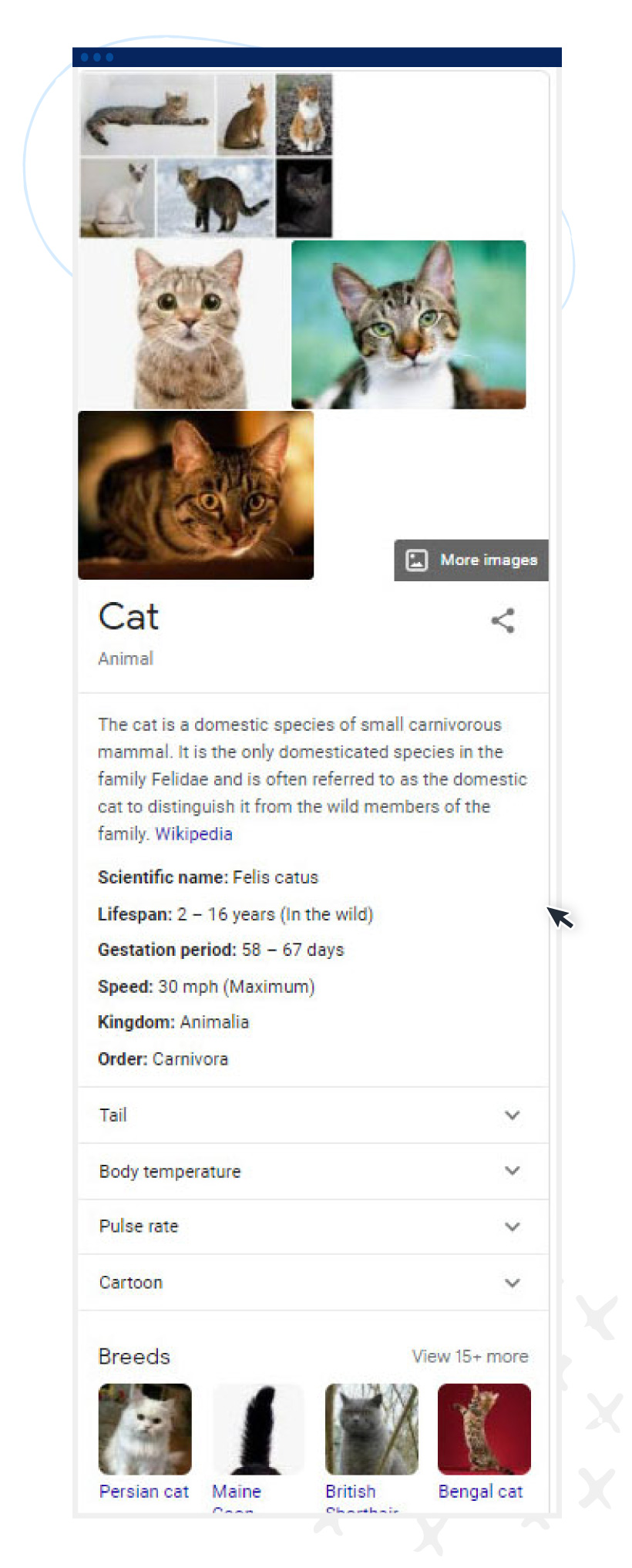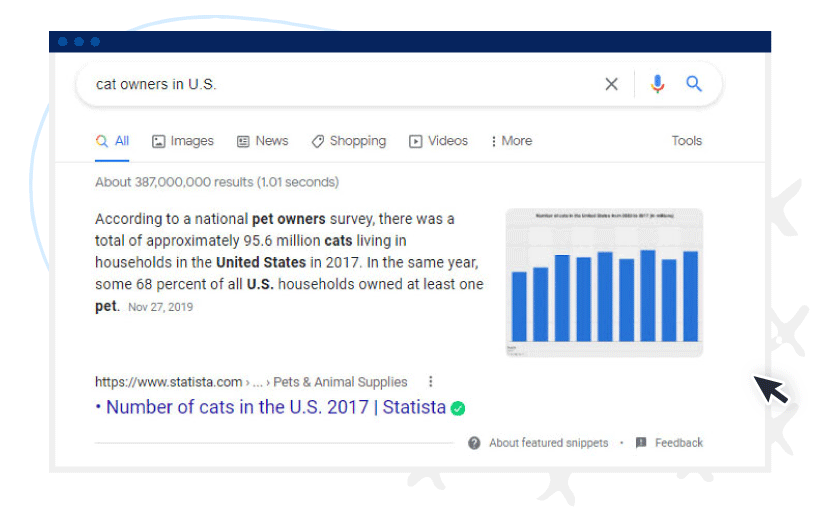What is a Google knowledge card? A Google knowledge card provides a brief explanation to your query. It functions by automatically pulling answers from Google’s knowledge graph and displaying it atop your search engine results page, or SERP.
The knowledge card provides a very brief explanation of your search engine query. It functions by automatically pulling answers from Google’s knowledge graph and displaying it atop your search engine results page, or SERP. This means you get the answer to a question or requirement in far less time than in the old days.
Back then, typing a word or phrase into a Google search engine would bring up a gazillion potential hits, complete with blue links you could click on for additional information. Google’s 2012 introduction of the knowledge graph gathered information from all sorts of databases to help streamline the search process. This, in turn, gave rise to SERP visuals, such as knowledge panels and knowledge cards.
Speaking of which, knowledge panels tend to be used interchangeably with knowledge cards. But these widgets differ from each other and their cousin, rich snippets, in the following ways:
- Knowledge cards are situated at the top left of a SERP, as opposed to the right side (where a knowledge panel is located)
- Unlike knowledge panels, which offer a lot of information, knowledge cards offer a single piece of information, such as a graph or single definition
Google knowledge card example
Knowledge cards pop up in response to data requests versus general search terms. For example, try this yourself. If you type the word “cat” in your search engine, you’d find many links to various definitions of what cats are and where to find them. You’d also find a knowledge panel like the one below.
But when you type in “cat owners in U.S.,” you’ll see this knowledge card on the top of your search engine rankings, complete with data.
Benefits of knowledge cards
Knowledge cards can provide useful, immediate information in the form of data or single sentences. Knowledge cards also provide links to the original source of information, allowing you to delve further into a particular topic.
But much of a knowledge card’s information is sourced from user-generated sources, such as Wikipedia. This means the information in that knowledge card might not be 100 percent correct. Additionally, knowledge cards rarely link to a specific website, as information comes from third-party sources.
What type of content is used for the knowledge card?
For Google to consider information as knowledge card-worthy, it would:
- Need to be high-quality content that is data-oriented
- Verifiable by an informational site (such as Statista or Wikipedia)
- Have a very high search volume
While knowledge cards aren’t necessarily useful for content management strategies, they can help streamline data or information. They can also save you time in your search query.
Want to boost your rankings in the SERPs? Talk to a content specialist today about creating a comprehensive SEO-focused content strategy for your brand.





